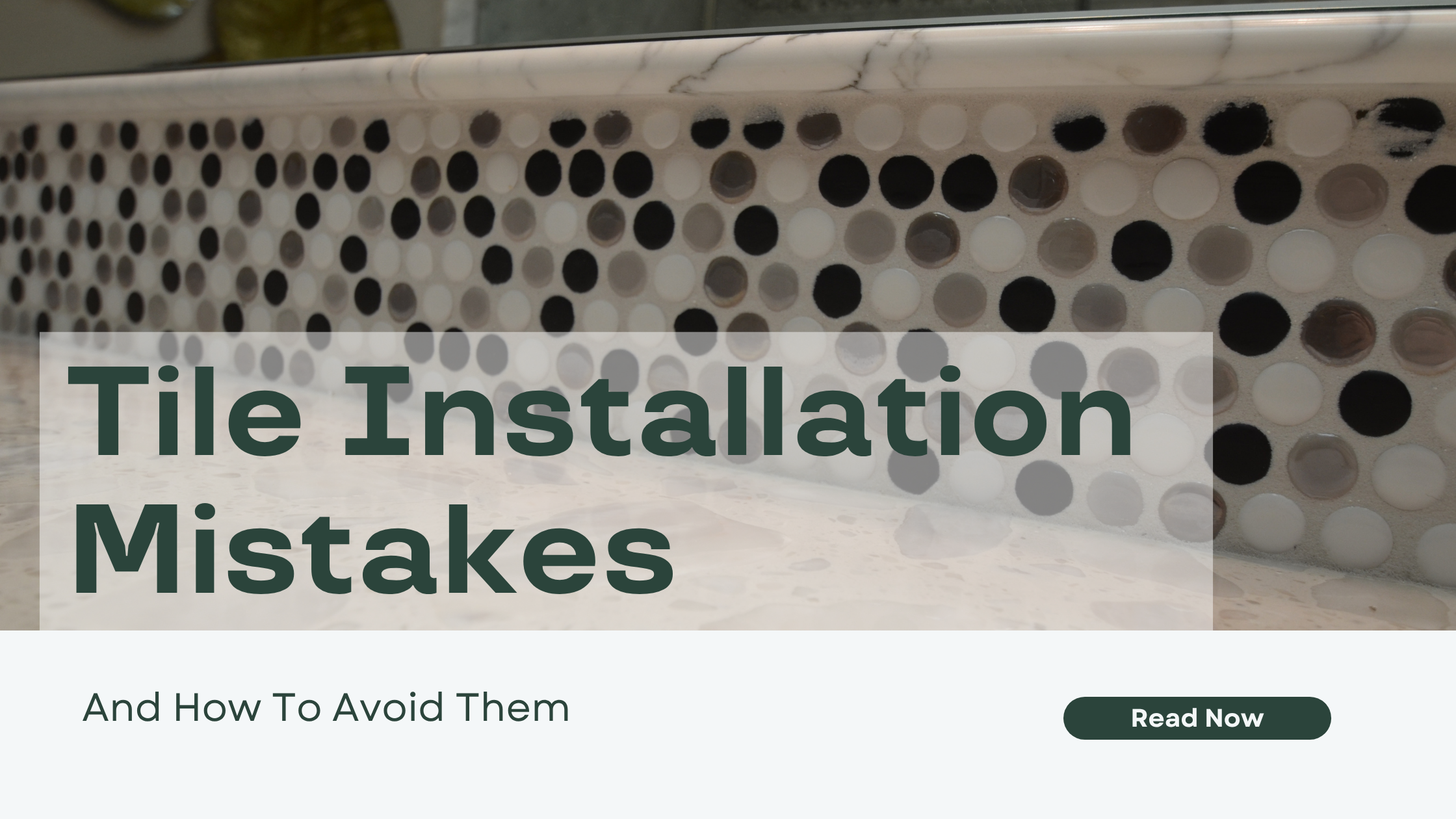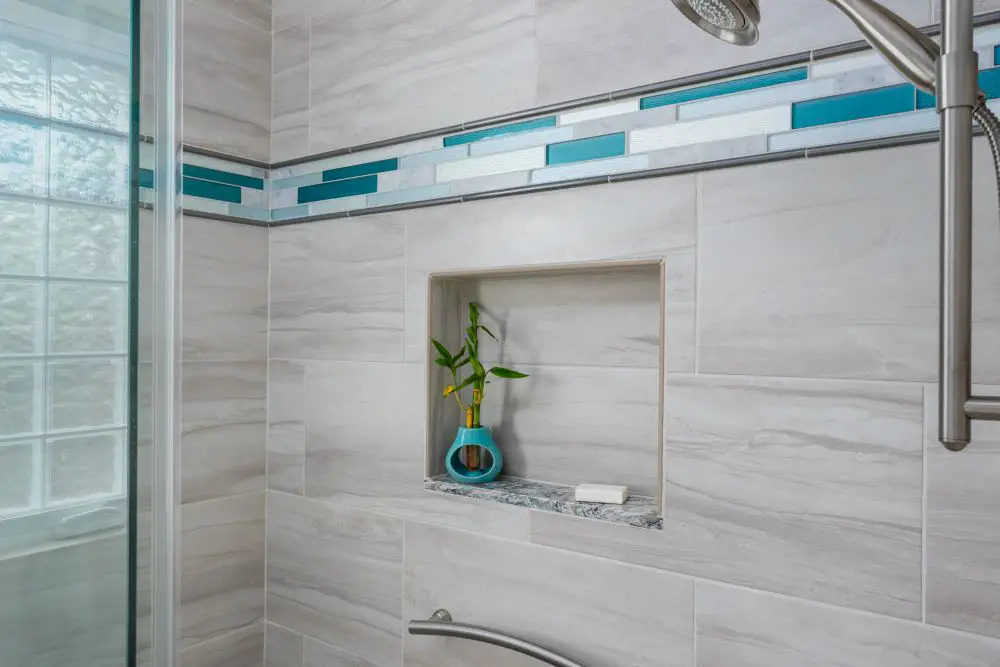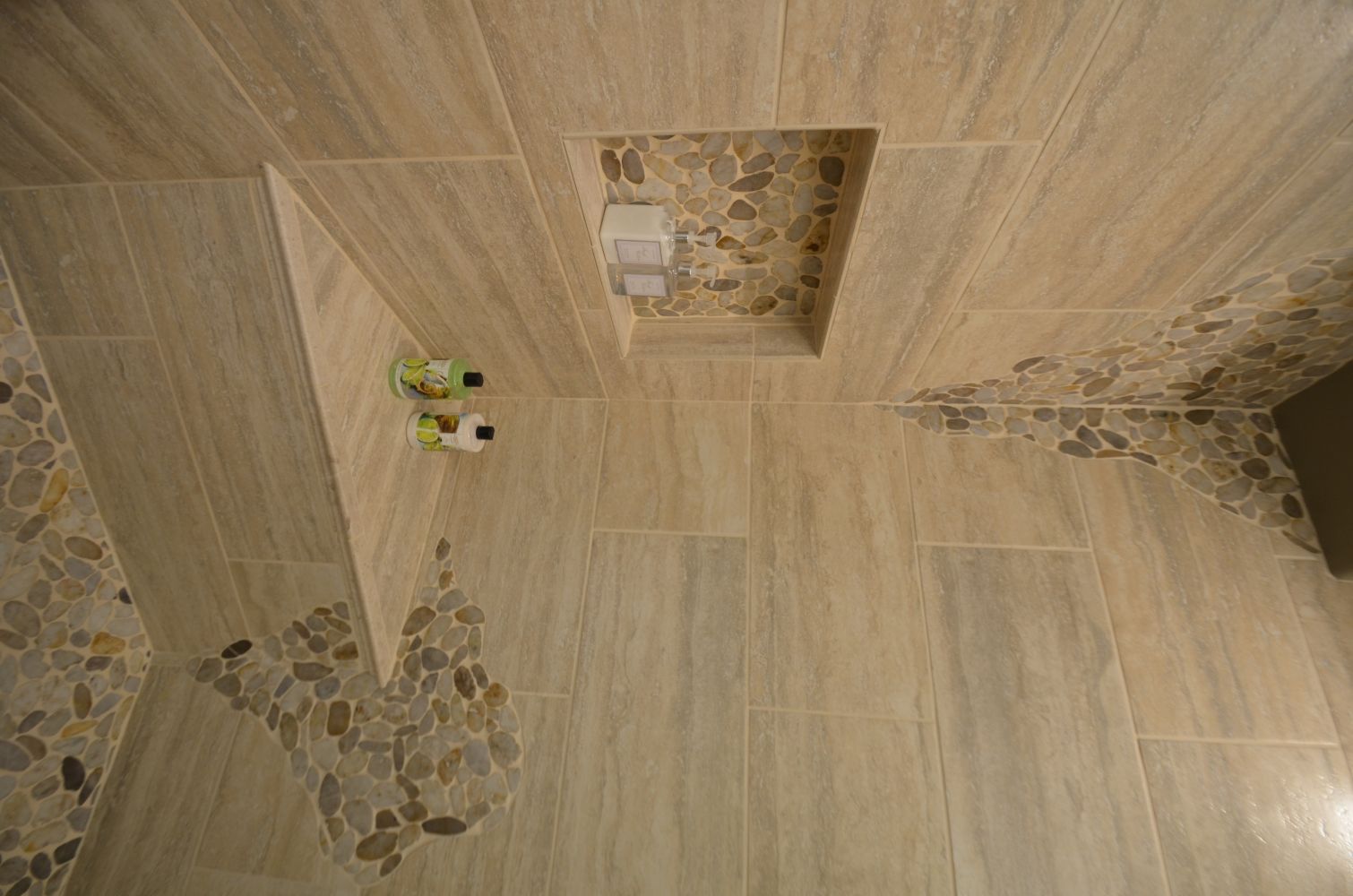By using our website, you agree to the use of cookies as described in our Cookie Policy
The Boss’s Daughter
Tile Installation Mistakes We See All the Time

Tile Installation Mistakes We See All the Time
Key Takeaways
-
Prep the surface until it’s clean, flat, and stable — use backer board, leveling compound, or waterproofing where needed.
-
Plan the layout first — dry-lay tiles to avoid slivers, misaligned patterns, and awkward grout joints.
-
Use the right mortar — thin-set for most jobs, and match the product to tile size and material.
-
Keep spacing straight — use spacers and a laser level for uniform grout lines.
-
Respect cure times and seal non-epoxy grout.
-
Add movement joints on large areas and confirm proper slope in wet zones so water drains correctly.
These basics protect your investment, prevent callbacks, and keep your tile looking beautiful for decades.
Tile can transform a space — whether it’s a bold backsplash, a timeless shower surround, or durable flooring in a busy entryway. But here’s the catch: tile looks easy, yet it’s one of the least forgiving materials to install.
One wrong step during installation can lead to cracks, uneven grout, or costly water damage.
After decades of remodeling in the East Bay and Rossmoor, we’ve seen it all: the flawless, the fixable, and the “how did this even happen?” moments.
Here are the most common tile installation mistakes — and how to avoid them.
❌ Mistake 1: Skipping Surface Prep
Why It Matters
Tile needs a clean, level, and stable base. Installing directly over uneven floors, old adhesive, or damaged drywall guarantees cracks and lippage (uneven tile edges).
How to Fix It
Use cement backer board or self-leveling compound on floors, and waterproof membranes like RedGard ® in wet zones. A perfect finish starts long before the first tile is set.
❌ Mistake 2: Ignoring Layout & Planning
Why It Matters
Starting in a random corner without checking layout leads to tiny slivers of cut tile, off-center patterns, or mismatched grout joints.
How to Fix It
Dry-lay a few rows first and mark the center lines. Adjust so the eye lands on full, balanced pieces.
Related read: Exploring the Beauty of Backsplash Heights
❌ Mistake 3: Using the Wrong Mortar or Adhesive
Why It Matters
Not all adhesives are created equal. We’ve seen mastic used in showers — a guaranteed failure once moisture seeps in.
How to Fix It
Use thin-set mortar for most tile work. Match the formula to your tile:
-
Large-format porcelain → modified thin-set
-
Small ceramic → standard thin-set
-
Natural stone → white thin-set to prevent shadowing
| Adhesive | Best For | Avoid In |
|---|---|---|
| Thin-set mortar | Floors & showers | N/A |
| Mastic | Small backsplashes only | Wet areas |
| Epoxy mortar | Commercial or heavy use zones | High cost DIY projects |
❌ Mistake 4: Uneven Spacing & Crooked Lines
Why It Matters
Crooked grout lines catch light — and attention. Even a 1/16-inch variation stands out.
How to Fix It
Use plastic spacers and a laser level. Check alignment every few rows instead of waiting until the end.
❌ Mistake 5: Rushing Grout Work
Why It Matters
Grout applied too early, wiped too fast, or left unsealed quickly discolors or crumbles.
How to Fix It
Follow cure times, mix in small batches, and seal if it’s not epoxy grout.
Epoxy grout = waterproof + stain-resistant + low maintenance.
Further reading: Why Epoxy Grout Is the Gold Standard in Construction
❌ Mistake 6: Skipping Movement Joints
Why It Matters
Tile expands and contracts with temperature. Without movement joints, especially across large floors or sunlit patios, cracking is inevitable.
How to Fix It
Add expansion joints where needed — typically every 20–25 feet indoors and at structural transitions. It’s not glamorous, but it’s what keeps floors perfect.
❌ Mistake 7: Forgetting About Slope in Wet Areas
Why It Matters
Showers, patios, and laundry rooms must drain correctly.
A flat surface means pooling water, mildew, or leaks into adjacent rooms.
How to Fix It
Before setting tile, check that the slope directs water toward the drain — about ¼ inch per foot. Once tile is installed, it’s too late to fix without demolition.
My Personal Take
One of my first tile jobs? I walked across freshly grouted floors and left hazy footprints.
My mentor laughed, then taught me two lessons I’ll never forget:
-
Own your mistakes.
-
Aim for perfection every time.
That’s the difference between DIY shortcuts and professional craftsmanship — details matter, and they always show in the finished product.
Tile can make or break a remodel. Done right, it lasts for decades. Done wrong, it becomes a costly redo.
Most common tile mistakes recap:
-
Skipping surface prep
-
Poor layout planning
-
Wrong mortar or adhesive
-
Uneven spacing
-
Rushed grout work
-
No movement joints
-
Ignored slope in wet areas
At Toupin Construction, we’ve spent decades perfecting tile work — and rescuing projects that others rushed.
Trust us: investing in professional installation is always worth it.
???? Ready for a flawless tile installation?
Contact Toupin Construction today. We’ll make sure your tile looks stunning — and stands the test of time.
Frequently Asked Questions About Tile Installation Mistakes
What surface prep is needed before installing tile?
Start with a clean, level, and stable base. Remove old adhesive, repair damage, and use cement backer board or self-leveling compound. Waterproof membranes are essential in wet areas.
How do I choose the right mortar or adhesive?
Use thin-set for most projects. Match it to your tile size and type; avoid mastic in moisture zones.
How can I avoid crooked grout lines?
Use spacers and a laser level. Re-check alignment often — tiny deviations become obvious after grouting.
Do I really need movement joints?
Yes. They absorb expansion and prevent cracks, especially in large or sun-exposed spaces.
How should grout be handled?
Allow full cure time, wipe at the proper stage, and seal non-epoxy grout to block stains and moisture.
‹ Back




Comments